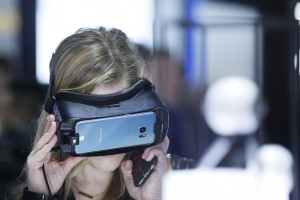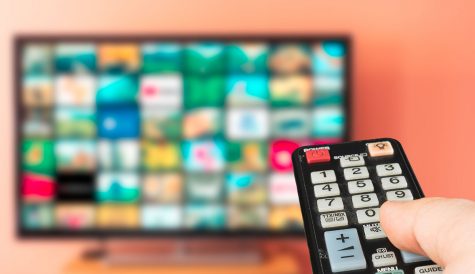
After more than 40 years of operation, DTVE is closing its doors and our website will no longer be updated daily. Thank you for all of your support.
Ericsson: AR and VR ads to replace physical products
More than half of augmented and virtual reality users think that ads will become so realistic that they will eventually replace the products themselves, according to Ericsson.
 This was one of the findings of Ericsson ConsumerLab’s latest annual trends report, ‘The 10 Hot Consumer Trends for 2018 and Beyond’, which predicted that ads using AR and VR will gain “app-like functionality” and essentially become free versions of products or services.
This was one of the findings of Ericsson ConsumerLab’s latest annual trends report, ‘The 10 Hot Consumer Trends for 2018 and Beyond’, which predicted that ads using AR and VR will gain “app-like functionality” and essentially become free versions of products or services.
“For example, you might experience a beach destination in a VR ad and realize you do not need the actual vacation anymore,” according to the report.
Three out of four consumers said they believe that in just five years they will be able to step into and revisit photos in VR, thanks to new technologies such as light field photography.
Among current AR and VR users, 56% said they want contact lenses with built-in AR or VR functionality, while 55% said they would like gloves or shoes that allow them to interact with virtual objects.
The seventh annual edition of Ericsson’s trend report also highlighted the changing face of social media, claiming that technology that once promised two-way communication is now “being overrun by one-sided broadcasters”.
“Influencers with money buy followers and those with the right know-how use artificial intelligence (AI) bots to fill social media with traditional broadcasting messages – turning social media back into a platform of one-way communication,” said the report.
Other findings of the study included: more than half of voice assistant users believe that in the future they will use body language, intonation and touch to interact with tech devices “as if they were fellow humans”; some 63% of consumers would like earphones that translate languages in real-time; and 39% think that their city needs a road network for drones and flying vehicles.
Michael Björn, head of research, Ericsson ConsumerLab, said: “We are entering a future where devices neither have buttons and switches nor need to be controlled digitally via your smartphone. In fact, this may be a necessary change, as it would be difficult for people to learn a new user interface for every device that gets connected to the Internet of Things.
“Today, you have to know all the intricacies of the devices you use. But in the future, the devices will know you instead. For this to become a reality, devices must be able to relay complex human interaction data to cloud-based processing, and respond intuitively within milliseconds, increasing requirements on next generation connectivity.”
The quantitative results referred to in the report are based on an online survey of 5,141 ‘advanced internet users’ in Johannesburg, London, Mexico City, Moscow, New York, San Francisco, São Paulo, Shanghai, Sydney and Tokyo that was carried out in October 2017.
Ericsson’s ConsumerLab research program is based on interviews with 100,000 individuals each year, in more than 40 countries – statistically representing what Ericsson claims are the views of 1.1 billion people.
In a recent ConsumerLab report, Ericsson predicted that half of all viewing will be on a mobile screen in three years, with half of this on smartphones alone.
It also said that by 2020, one in three consumers will be Virtual Reality (VR) users, and that VR “will reignite the experience of TV” thanks to the technology’s social and immersive capabilities.
Access Ericssson’s full 2018 trends report by clicking here.

